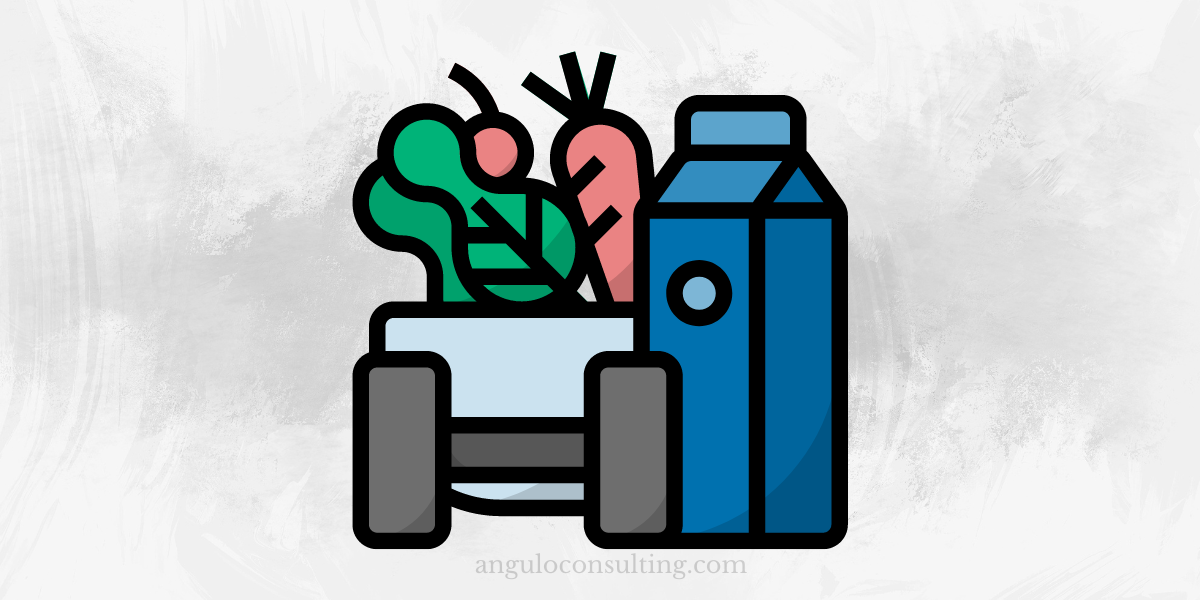
Each year, when the cold hits, many homeowners go to turn on their gas furnace, only to discover that it is not working correctly. Then in a panic, they scramble to find a certified HVAC technician that can repair the furnace before cold weather sets in for the winter.
There are ways you can avoid, or at least diminish problems, through proper furnace maintenance.
Here are a few tips.
1. Call Early
The main thing to remember is to call early if you are going to let a professional do the job. Late September or early October is the best time to call. Not only will it be easier to get an HVAC technician then, but you may actually be able to schedule an appointment so that you can make arrangements for someone to be there when the technician comes.
2. Contact Your Utility Company
You may also want to schedule an appointment with the utility company that supplies your natural gas to perform a routine inspection at the same time you schedule the HVAC technician. This way, you won’t have to make separate arrangements for someone to be present.
When you do schedule your appointment with the utility company, you want the inspecting personnel to check connections and pipes running from the gas source to the meter and then from the meter to the heating source. The technician will be able to determine if there are any problems that the utility company will need to address.
3. Find Out How Extensive the Inspection Is
When you schedule your appointment with the HVAC technician (if you are going to do this rather than do it yourself), ask what the inspection will cover. Depending on what service you will receive, you may need to ask him to:
Make sure everything is working correctly so that carbon monoxide is not escaping. This is also an excellent time to ask about purchasing carbon monoxide detectors or having them installed. Have pilot lights relit if they are extinguished during summer? Make sure the area around the furnace is clear to avoid fire hazards. Have the vents and ductwork professionally cleaned?
4. When you DIY, be thorough as above
If you decide to perform your own furnace maintenance, you will want to check the same things that are listed in Step 3 and perform the same operations.
About Annual Inspections
If you have decided that you learned how to maintain your furnace well enough to do this every year, there are some things you can do on a regular basis, both before the cold weather begins and during the winter.
Change the filters regularly, at least every three months. If you notice a lot of dust build-up on them between changes, you may want to make it a once-a-month task. When you perform your first maintenance before cold weather comes, this is the time to purchase new furnace filters, even if the ones you have can be cleaned easily by brushing, shaking, beating, washing with the garden hose, or other methods. You can use your cleaning methods to maintain the filters between changes.
When you get ready to install the new filters, take a few minutes to clean around the opening where the filter fits, as well as clean the grate or cover that goes over the filter. This will ensure that your filters are being installed in as clean an environment as possible. Once your furnace maintenance is complete, you should be able to enjoy a warm house during the winter. However, if at any time during the furnace’s use you smell a gas odor, take immediate action. Get out of the house, and call 9-1-1. Natural gas is highly flammable and explosive.
About Oil Furnaces
Some homeowners use oil furnaces to provide heat during the cold weather months. These furnaces require different maintenance techniques than natural gas ones. Again, however, you can learn how to maintain your furnace by following these steps or having a certified HVAC technician do it for you.
1. Clean the blower once before the cold weather sets in and again at some point during the middle of the cold-weather season. Use a hand-held vacuum cleaner with both a brush and hose extension attachment, or use new paintbrushes in different sizes to clean around the fan blades and different parts.
Do not use anything that may cause static electricity. In addition, you might want to cut the power supply to the furnace while you are working with your oil furnace for added safety.
Don’t forget to lubricate any fittings that may need it when you are doing your mid-season cleaning. Use cup oil or very lightweight motor oil that doesn’t contain cleaning agents. Do not use ordinary household oil. Change the filters when you perform furnace maintenance for the first time, then as often as needed during the remainder of the cold season. This includes any ventilation filters as well as the oil filter.
2. If your furnace has one, clean the stack control before the heating season begins. Remove it from its housing and clean it gently but thoroughly with a rag dipped in warm water and mild soap.